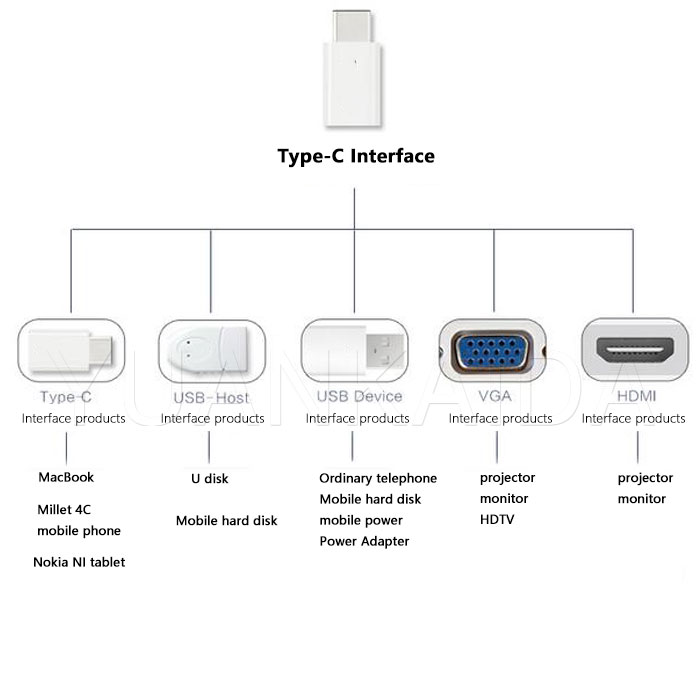However, the report pointed out severely that "China's wind power construction plans lack co-ordination, wind power equipment technology and product quality remain to be improved, wind power grid-connected technology standards and testing work are lagging behind, wind farm design, construction, operation and dispatch management are weak."
According to statistics, there were 193 wind turbine off-grid accidents in the country from January to August 2011. Among them, there were 54 loss-of-network accidents with wind power output of 100,000-500,000 kilowatts, and 12 network-breaking accidents with loss of wind power output exceeding 500,000 kilowatts. In 2010, there were 80 wind turbine disconnection incidents across the country.
Not only is the security issue worrying, but after the fast start, China’s wind power companies are entering the plight of a lack of core technology; a brewing legal clause has also made the Chinese PV industry rapidly rising in the global market in recent years. The protection of core technical barriers is sometimes muddled. "Exaggerating the point, whether or not to master the core technology and make China's new energy industry represented by wind power and photovoltaic power generation is a matter of life and death," said a senior person in China's new energy investment field.
The decline in profits from wind power companies' three quarterly reports is not difficult to see. The profits of wind power companies are still falling. The concept of wind power and solar energy, which once symbolized high, refined and cutting-edge technologies, seems to be quite helpless. The three quarterly reports released by Sinovel Wind Power recently showed that the company's profit in the first three quarters was 901 million yuan, a decrease of 48.51% year-on-year. Goldwind's third quarterly report showed that the company's net profit reached 615 million yuan in the first three quarters, and its profit decreased by 59.85% year-on-year.
As the entire wind power industry is faced with reorganization and low-voltage traversal after frequent accidents, with the transformation of various work and the shrinking of domestic demand, the price of wind turbines has been declining, and its industry competition has become increasingly fierce and other negative effects. The overall industry development trend is gradually slowing down. . The wind power equipment manufacturing industry was affected by many factors such as equipment quality, downstream project approval and grid connection, and the entire industry began to show weakness.
Regarding the continuous decline in profits of wind power companies, Wuhan Iron & Steel Chairman and CEO Wu Gang at the International Wind Energy Entrepreneurs Forum stated that this year, the national tightening of fiscal policy and the adjustment of the wind power industry have coincided, making wind power people feel particularly stressful. . From the perspective of economic efficiency, although some leading companies in the industry still maintain profitability this year, profits have dropped sharply and cash flows have become tighter. The enterprises ranked behind are already at a low profit or even losing money. If the industry environment continues to deteriorate, a considerable part of the company will die.
The drop in installed capacity of new wind power is also one of the signs of slowing wind power development in China. He Dexin, director of the Wind Energy Professional Committee of the Renewable Energy Society, said that according to incomplete statistics, the installed capacity of new wind power has exceeded 6 million kilowatts in the first half of this year. According to the statistics of the World Wind Energy Association, the installed capacity of wind power in China in the first half of 2010 was 7.8 million kilowatts, a decrease of 23.1% year-on-year.
At present, there are more than 80 domestic wind power machine manufacturers and a few more upstream component companies. Most of them are plagued by problems such as falling prices and severe payment defaults, affecting normal production.
Xiao Jian, a researcher in the new energy industry at China Investment Advisors, believes that the current decline in the performance of wind turbines is caused by many reasons. In order to further regulate the development of the wind power industry, the government has tightened the approval power of wind power projects and put forward more stringent wind grid connection standards. These measures have further increased the technical threshold of the wind power industry and also increased the manufacturing costs of wind turbines. In addition, rising raw material prices and financial pressures caused by the macroeconomic environment have weakened the profitability of wind turbine companies. For example, the sharp rise in the price of rare earths has increased the manufacturing cost of permanent magnet direct drive fans.
Preventing quality risks to improve industry standards According to incomplete statistics, in more than a year, more than 30 malignancies have occurred in the domestic wind power industry. Therefore, compared with the speed of development, the frequent occurrence of accidents caused by lagging technology and quality is undoubtedly one of the important reasons that restrict the development of wind power companies in China.
Regarding the frequent occurrence of various types of wind power accidents this year, Shi Lishan, deputy director of the New Energy and Renewable Energy Division of the National Energy Administration, said recently that although China’s wind power installation has exceeded 45 million kilowatts, it has become the world’s largest, but this industry Also encountered a bigger problem. During the installation, commissioning and maintenance of the fan, some accidents continued to occur. The major constraints of the development of the wind power industry mainly come from the integration with the grid. Since the beginning of this year, the collective off-grid accidents of large-scale wind turbines have occurred frequently, which has attracted everyone in the industry.
“More recent accidents in China's wind power equipment have exposed problems in the rapid development of the industry and have also exposed deficiencies in the management of the industry. Many problems have occurred repeatedly between different companies. In view of this, the Energy Bureau will To supervise the quality of wind power equipment, and to gradually replace the important components of wind turbines, it is necessary to gradually establish a relevant evaluation system, said Shi Lishan.
USB Type-C Is Commonly Referred To As USB-C And Is A 24-Pin, Fully Reversible Plug USB Connector System That Can Transfer Data And Charge.
A Full-Featured USB-C Cable That Supports USB 3.1 Gen 2 Can Handle Data Rates Up To 10 Gbit / S Over Full Duplex. Type-C Converter Is Marked With The SuperSpeed + (SuperSpeed 10 Gbit / S) Flag. There Are Some Cables That Can Only Support Up To 480 Mbit / S Data Rate For USB 2.0.
USB Type-C Biggest Feature Is The Access Is No Longer Positive And Negative, The Maximum Support USB 3.1 Standard, Backward Compatible With USB 2.0. Type-C Converter Will Power, USB Data Transmission, Display Port, HDMI And VGA Five Functions Set In One, So Type-C Interface Can Be Transferred Into Any Of The Five Kinds Of Interfaces Or Arbitrary Combination.
Support Type C to DVI Converter, Type C to HDMI Converter, Type C to VGA Converter, Type C Converter , Type C to DP Converter And Other Products

Type-C Converter

Type-C TO HDMI Adapter

Type-C to DVI Adapter
Type C Converter
Type C to DVI Converter,Type C to HDMI Converter,Type C to VGA Converter,Type C Converter,Type C to DP Converter
Shenzhen JunYuanJie Electronic Technology Co., Ltd. , http://www.usb3c.com
